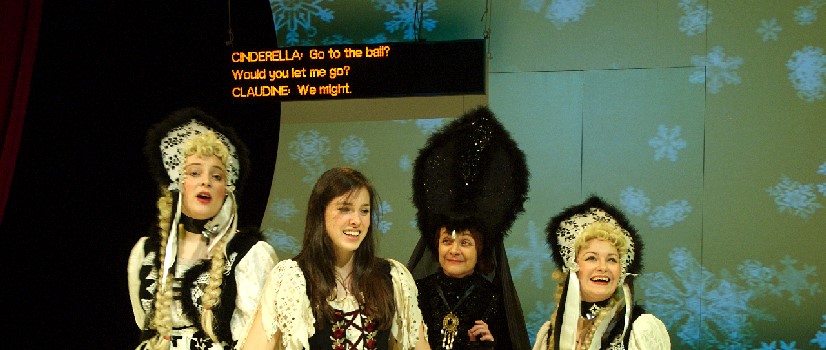
The Stagetext Captioning Process
Since 2000 most Theatre Captioning in the UK follows the model created by Stagetext:
The Stagetext model is designed to offer d/Deaf access to as many different shows as possible across the whole of the UK. Usually, only one or two shows in a run are Captioned, and these shows are advertised as Captioned by Theatres on the Access page of their webs-site, easily identifiable by a CAP icon:

For over 20 years this model has proved itself a fantastic method to provide high-quality verbatim access – literally thousands of shows have been watched by hundreds of thousands of deaf, deafened and hard-of-hearing audience members who otherwise would not have the opportunity to experience and enjoy some great theatre.

Digital 4 in partnership with Signblazer Ltd is proud to have supplied all Stagetext Caption Units and Captioning software since the See-A-Voice Project in 2009.
